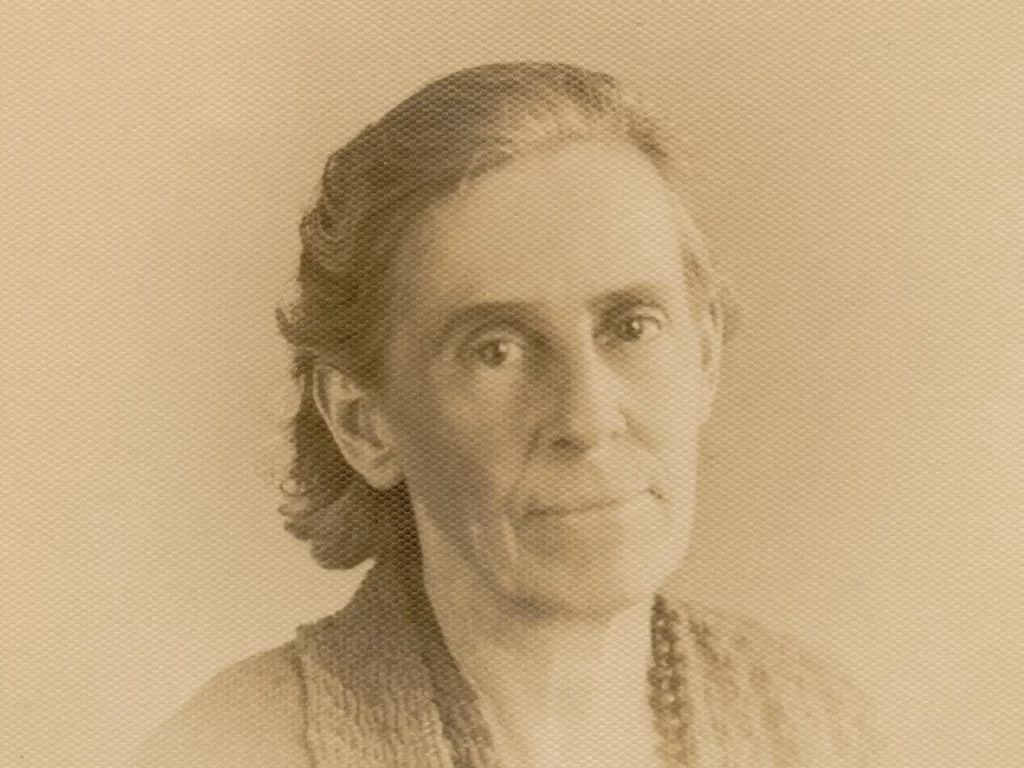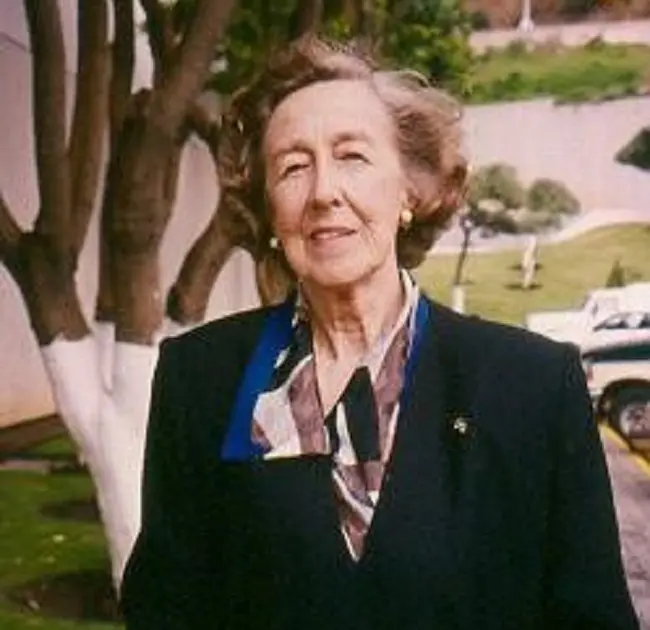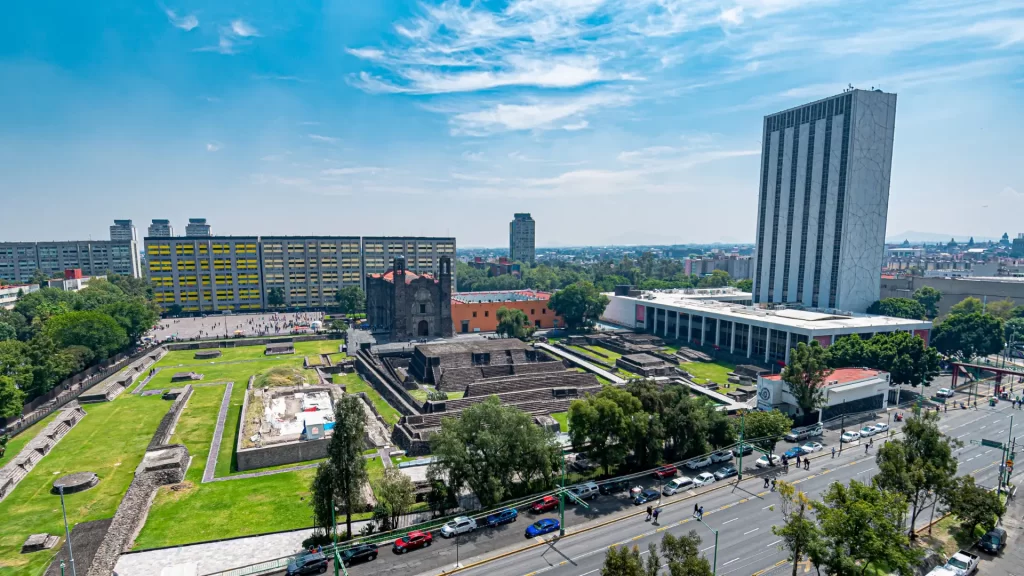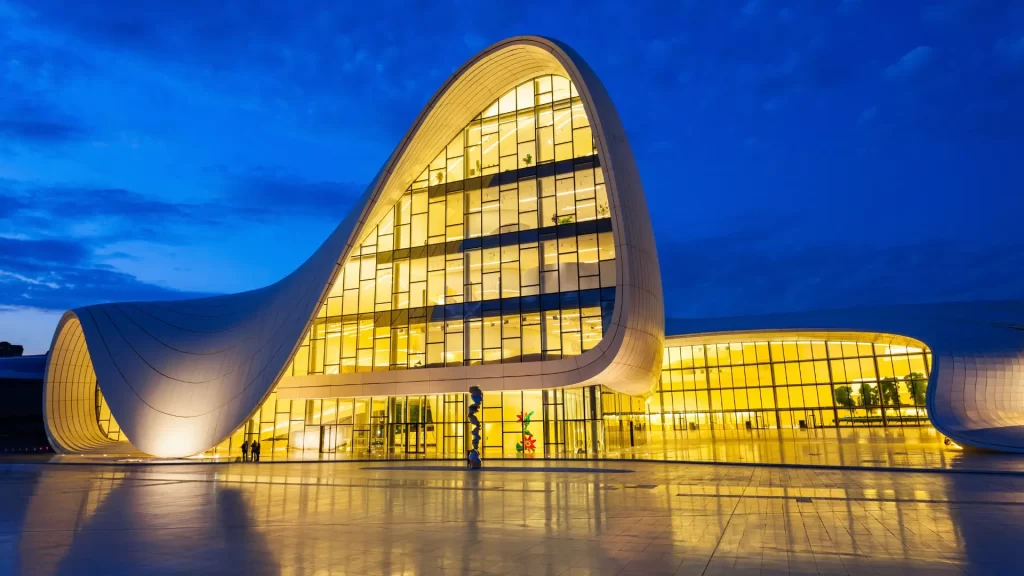Welcome to a celebration of the remarkable contributions made by women architects, whose innovative designs have left an indelible mark on the landscape of modern architecture. Despite facing systemic barriers and societal constraints, women architects have defied expectations and forged paths of creativity, ingenuity, and resilience. In this exploration, we delve into the stories of pioneering women who have not only reshaped the built environment but also inspired future generations to break barriers and challenge conventions in the field of architecture. Join us on this journey as we unveil the profound impact of women architects in shaping the architectural discourse of our time.
Marion Mahony Griffin
Marion Mahony Griffin, an architect ahead of her time, left an indelible mark on the field of architecture despite facing numerous challenges along the way. Born in 1871 in Chicago, she embarked on a remarkable journey marked by struggle, resilience, and groundbreaking achievements.

Struggle and Resilience: Mahony Griffin faced formidable challenges as a woman in a male-dominated profession during the early 20th century. Despite these obstacles, she persevered, paving the way for future generations of women architects. Her determination and talent earned her recognition and respect in the architectural community.
Architectural Style: Mahony Griffin’s architectural style was characterized by innovation, creativity, and a deep appreciation for nature. Influenced by the organic principles of the Prairie School and the teachings of Frank Lloyd Wright, she embraced the concept of “organic architecture,” which emphasized harmony between buildings and their natural surroundings. Her designs often featured flowing lines, dynamic forms, and intricate ornamentation, reflecting her belief in the unity of art and nature.
Legacy and Contributions: Mahony Griffin’s legacy is profound and far-reaching. She played a pivotal role in shaping the aesthetic and philosophical foundations of modern architecture. Her collaborative work with her husband, Walter Burley Griffin, on the design of Australia’s capital city, Canberra, stands as a testament to her visionary approach to urban planning. Their design, influenced by principles of democracy and egalitarianism, seamlessly integrated the city into its natural landscape, setting a new standard for urban development.
Notable Constructions: Among Mahony Griffin’s notable constructions are the Unity Temple in Oak Park, Illinois, and the Australian capital city of Canberra. The Unity Temple, designed in collaboration with Frank Lloyd Wright, is considered a masterpiece of modern architecture, renowned for its innovative use of concrete and its geometric simplicity. In Canberra, Mahony Griffin’s influence is evident in the city’s distinctive layout, characterized by sweeping boulevards, lush green spaces, and iconic landmarks such as Capitol Hill and Lake Burley Griffin.

Maria Luisa Dehesa
María Luisa Dehesa Gómez Farías, born on June 30, 1912, in Xalapa, Veracruz, Mexico, defied societal norms and carved her path in the male-dominated field of architecture. Despite facing numerous challenges, she emerged as a pioneering figure, leaving a lasting impact on the architectural landscape of Mexico.

Struggle and Persistence: In 1933, Dehesa enrolled at the Academia de San Carlos, where she encountered significant gender barriers. Among 113 students, only five were women, and they were segregated from their male counterparts. Despite these obstacles, Dehesa persisted, graduating in 1937 as the first Mexican woman to earn a degree in architecture. Her thesis, “Artillery Barracks Type,” earned her honorable mention, showcasing her talent and determination.
Architectural Style: Dehesa’s architectural style was characterized by a blend of innovation and functionality. She excelled in designing single-family homes and apartment buildings, focusing on creating spaces that harmonized with their surroundings while meeting the needs of their occupants. Her designs reflected a deep understanding of Mexican culture and tradition, infused with modern elements that spoke to the evolving architectural trends of her time.
Legacy and Contributions: Throughout her nearly 50-year career in the Public Works Department of Mexico City, Dehesa made significant contributions to the field of architecture. Her dedication to her craft and her pioneering spirit paved the way for future generations of female architects. In 1974, she was honored with the Ruth Rivera Prize, recognizing her groundbreaking work alongside Concepción Mendizábal Mendoza, the first Mexican female civil engineer. In 2006, the College of Architects of Mexico City paid tribute to her enduring legacy and invaluable contributions to the profession.
Notable Constructions: Dehesa’s portfolio includes numerous residential projects, including single-family homes and apartment buildings, which showcased her talent for creating functional yet aesthetically pleasing spaces. Her designs, characterized by attention to detail and a focus on practicality, continue to inspire architects and designers to this day.

Zaha Hadid
Zaha Hadid, a visionary architect known for her groundbreaking designs and trailblazing approach to architecture, overcame numerous obstacles to become one of the most influential figures in the field. Her unparalleled creativity, distinctive style, and unwavering dedication continue to shape the architectural landscape and inspire architects around the world.

Struggle and Resilience: Born in Baghdad, Iraq, in 1950, Hadid faced adversity early in her career due to her gender and unconventional design aesthetic. Despite encountering skepticism and resistance, she remained steadfast in her pursuit of architectural excellence. Her resilience in the face of challenges propelled her to push boundaries and defy conventions, ultimately earning her global recognition and acclaim.
Architectural Style: Hadid’s architecture style is characterized by fluid forms, organic shapes, and dynamic compositions that challenge traditional notions of space and geometry. Her designs often evoke a sense of movement and fluidity, blurring the lines between art and architecture. Hadid’s iconic structures, characterized by their boldness and innovation, have redefined contemporary architecture and inspired a new generation of architects.
Legacy and Influence: Hadid’s legacy extends far beyond her architectural achievements. As the first woman to receive the Pritzker Architecture Prize in 2004, she shattered glass ceilings and paved the way for future generations of female architects. Her influence can be seen in projects around the globe, from the Guangzhou Opera House in China to the London Aquatics Centre for the 2012 Olympics.
Notable Constructions: Hadid’s portfolio boasts an impressive array of iconic structures that showcase her innovative design approach. From the swooping curves of the Heydar Aliyev Center in Baku, Azerbaijan, to the futuristic lines of the MAXXI Museum in Rome, Italy, each project reflects Hadid’s singular vision and commitment to pushing the boundaries of architecture.

In conclusion, the remarkable achievements of these trailblazing women architects have forever changed the landscape of architecture. Through their innovation, perseverance, and groundbreaking designs, they have shattered glass ceilings and left an indelible mark on the field. As we celebrate their contributions, let us continue to champion diversity and inclusion in architecture, ensuring that the next generation of women architects can also leave their imprint on the world.



